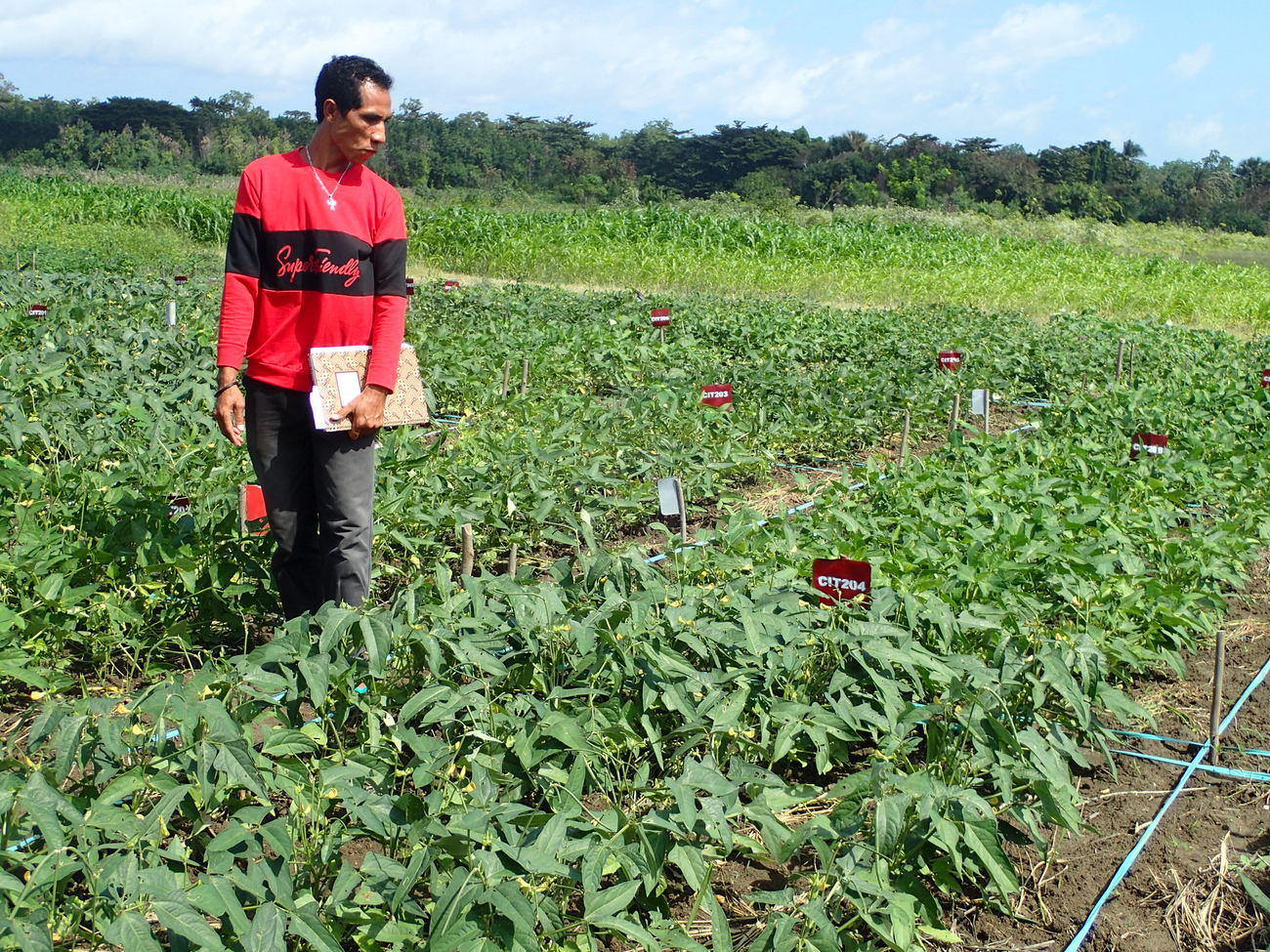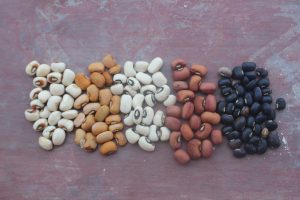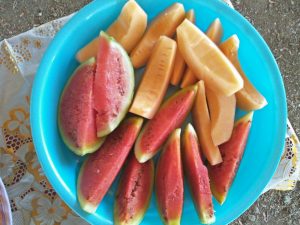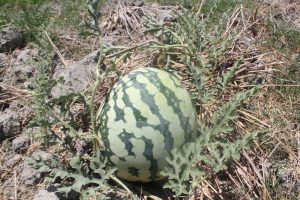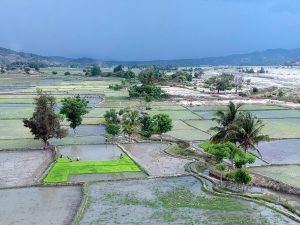The species of sandalwood native to Timor-Leste, Santalum album, is listed as a vulnerable species and is on the International Union of the Conversation of Nature (IUCN)’s global species red list. But how rare is it really in Timor-Leste?
The IUCN considers a species threatened if the population is vulnerable to endangerment in the near future. This status is based on both the number of organisms alive and the risks and likely change to a species’ population.
Significant threats to sandalwood include fire, grazing, and exploitation for wood and oil – all of which exist in Timor-Leste, and have for centuries.
But a recent forest inventory in the western end of Timor-Leste documented the extent of the population, finding that sandalwood comprised 0.2 per cent of trees, or about two trees in every 1,000. However, no trees with diameters larger than 25cm were found. Sandalwood grows at a rate of approximately 1 centimetre per year, meaning the large trees found during the inventory are not much older than independent Timor-Leste.
Recent interest in growing sandalwood by government and farming families will likely protect the tree’s population from becoming endangered.
The Government of Timor-Leste considers sandalwood reforestation a priority and its Ministry of Agriculture and Fisheries has distributed over 80,000 sandalwood seedlings since efforts began in 2003. AI-Com researchers are supporting this work through sandalwood seed germination experiments, sandalwood host tree research, and by understanding what causes sandalwood trees to grow to different sizes and with different oil concentrations.
